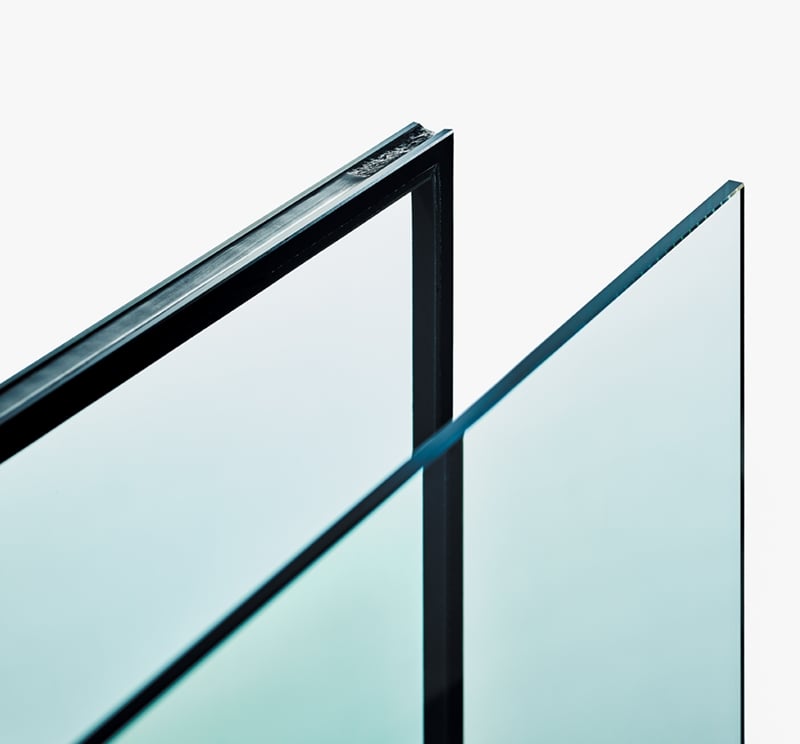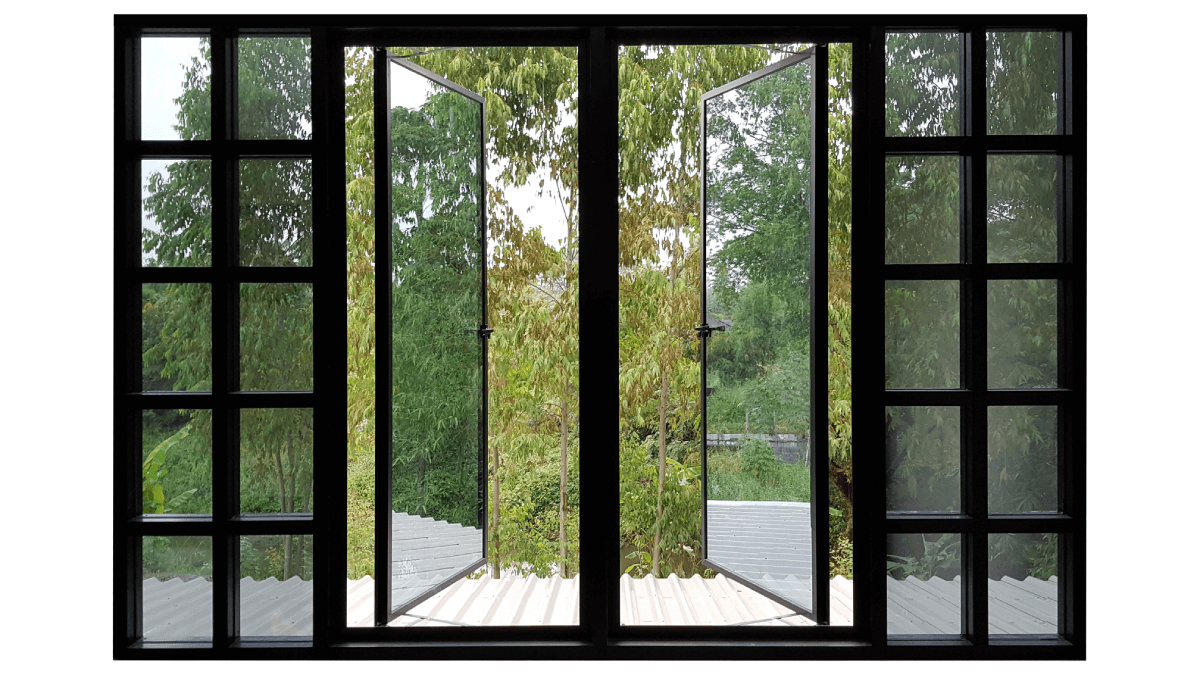All Categories
Featured
Table of Contents
Which Is The Best Type Of Double Glazing? - Which? - Which.co.uk in Karawara Western Australia
Laminated glass is typically used in areas in the house most prone to injury from human effect such as restrooms, doors, around staircases and in locations close to the flooring (it fulfills the requirements of 'shatterproof glass' that is mandated for use in these areas by Australian Basic AS 1288 Glass in structures).
Toughened glass has been 'tempered' by being reheated and quickly cooled once again. This process makes it much stronger than basic glass it can withstand higher impact loads prior to breaking. It likewise makes it safer due to the fact that, when it does shatter, it burglarizes many small cubic pieces instead of harmful fragments.
Why Is Double Glazing So Important In Winter? in Mt Richon Western Australia
Nevertheless, toughened glass has no thermal or acoustic benefits over other glass of the very same toning or density. Secondary glazing is where single-glazed windows are retrofitted with a transparent acrylic or glass sheet connected to the within the frame or openable sash with a secondary frame or with magnetic strips.


Secondary glazing will not carry out also thermally as a manufactured IGU, since it is difficult to completely seal the perimeter, but it can supply excellent noise control. Window films are a thin polymer film containing an absorbing dye or reflective metal layer, with an adhesive support. They adhere to your glazing to alter its colour or make it reflective.
Which Type Of Double Glazed Window Frame Is Right For You? in Kallaroo Western Australia
Applied to existing glass, some window films can cut in half the total SHGC of the window by taking in and/or reflecting solar radiation. This can be especially helpful in hotter environments where cooling is the main concern, or on east and west elevations straight exposed to extended periods of sunshine. Window movies may likewise decrease noticeable light transmittance.

For this factor, it is usually best to utilize a certified installer of window movie. Frames have a significant impact on the thermal performance of doors and windows, due to the fact that energy can be gained and lost through the frame, as well as through the glass. Different types of frame will allow various levels of heat gain and loss, so careful option of frame is necessary for effective passive design.
Glazing And Glass Options - Smarter Homes in Cannington WA
However, aluminium is also a great conductor of heat and will reduce the insulating value of a glazing system, unless specifically crafted to reduce this. A 'thermally broken' frame is made up of 2 aluminium areas connected by a structural insulator (generally a low-conductivity structural polymer). This 'breaks' the thermal connection through the aluminium and decreases the heat flowing through the frame.
Wood frames are an excellent natural insulator that can match some home designs. Lumber frames must be made from species that have naturally high sturdiness or be dealt with to avoid decay and deformation.
Double Glazing - Albury - Twin Cities Glass in Upper Swan Western Australia
(weather condition stripping) is set up.
u, PVC doors and windows have excellent thermal performance Photo: Ben Wrigley (Light House Architecture and Science) Composite frames use aluminium profiles on the outer sections with either a timber or u, PVC inner area. These integrate the low upkeep and resilience of aluminium with much improved thermal efficiency.
Latest Posts
Diy Double Glaze in Koondoola WA
Glass Selector - Custom Single & Double Glazed ... in Midvale Perth
Does Double Glazing Keep Heat Out in Woodvale Western Australia